Are you looking for a contractor?
Submit our quick form and get quotes now!
Table of Contents
8 min read
Everything to Know About Epoxy Floor Coating


8 min read
Everything to Know About Epoxy Floor Coating
FlooringEverything to Know About Epoxy Floor Coating
Are you looking for a new, durable, aesthetic-looking, low-maintenance, and custom-made flooring option? Well, an epoxy floor coating might just be the best option for your next renovation project. Here’s everything you should know about installation and costs.
What is there to know about epoxy floor coating?
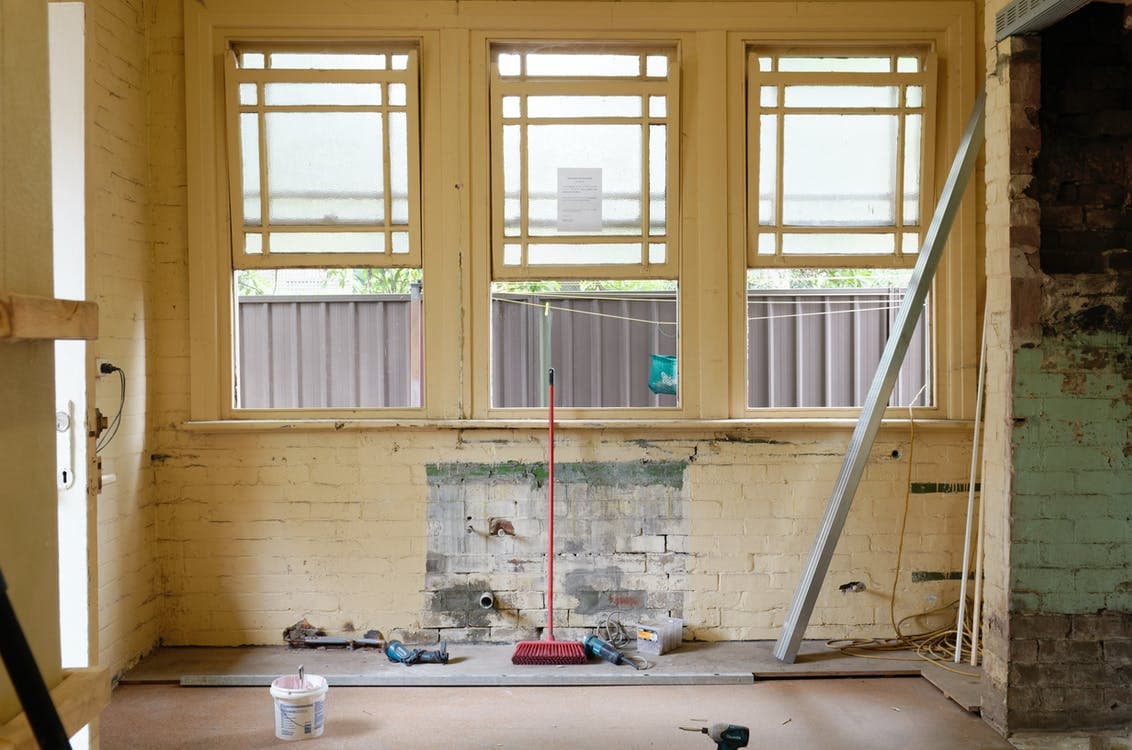
Epoxy, or polyepoxide, is a material that results from a chemical reaction between two components, rendering it an extremely resilient and uniform surface. Epoxy resin is used to decorate, coat furniture, and during construction.
On flooring, epoxy turns into a regular floor, devoid of welds or joints. The surface density makes for an especially easy-to-clean surface, capable of withstanding bacteria and humidity.
Furthermore, there’s a wide variety of finishes that are suited to all styles, ranging from epoxy concrete to metallic epoxy coating. Resin suits all areas of a home. It’s often found in residential properties, from the kitchen to the bathroom, with the basement or kids’ playroom in between. It’s also perfectly suited to commercial and industrial infrastructures.
There are two distinct ways to use and install epoxy:
As a floor coating, to cover and protect surfaces. Or it can be used to decorate thanks to the numerous possibilities made available by epoxy coating techniques.
As flooring, when the epoxy coating is at least 2 millimetres thick ensures the right amount of wear-resistance resulting from high foot traffic.
For long-lasting and glossy flooring, it’s best to go for a generous resin layer rather than a thin coating.
Your Customizable and Durable Epoxy Floor Coating
For high foot- and vehicle-traffic areas or surfaces experiencing frequent and repetitive motions, choose flexible epoxy. Given that this product is malleable and shock-absorbant, it’s less likely to fissure or damage. In fact, the sheer strength of epoxy definitely lies in its flexibility, given its particularly resistant feature.
If you opt for an epoxy floor coating, you’ll be able to protect and coat just about any hard surface area, such as
Metal
Wood
Tile
Concrete
Cement
Vinyl
Epoxy is versatile and suitable for a wide range of uses. For example, a garage floor epoxy coating will be made with products specially designed to withstand the effects of warm tires, salt, and motor oil.
How much does epoxy paint cost per litre?
Not unlike most materials, there are several different types of epoxy finishes and quality ranges. On average, an epoxy floor coating will cost between $3 to $8 per square foot. Litre-wise, paint can cost up to $15 to $25. To these expenses, remember to factor in labour costs as well as other material costs and any other necessary interventions from other trade professionals.
Even though this floor coating is great value for money, rendering it a pretty affordable choice, epoxy costs vary greatly based on the following:
Product quality, therefore it’s best not to compromise in terms of quality.
The selected colour, as a pigmented coating is slightly more expensive than a clear one.
Quantity required to get the job done. Professionals often recommend purchasing more products than necessary to prevent a two-part application.
To gauge the costs of your epoxy floor coating, use our online cost estimator.
Pros of Epoxy Floor Coating
Epoxy, not unlike polyurethane, makes for very shock- and scratch-resistant floor coatings, rendering it an ideal choice for homeowners looking for durable and solid flooring.
While your epoxy resin can be pigmented with one colour and be opaque, there are also plenty of other possibilities available to you. You can always add patterns, embed logos, mix colours and effects, and showcase your unique flair with a metallic epoxy floor coating…the sky’s the limit. 3D designs are also an option!
Cons of Epoxy Floor Coating
Such a surface tends to be slippery when wet; this aspect may present a risk for young kids, the elderly, or individuals with mobility impairments. However, there are solutions meant to enhance floor traction properties. You can add silica sand, aluminum oxide, quartz, gravel, or pebbles. Also practical, you can choose to add rugs in strategic areas.
During installation, depending on the materials used and how dark the floor coating is, there might be an inconvenient and pungent smell of ammonia. The latter is less than ideal for pets and individuals suffering from asthma.
It’s definitely not the best type of flooring for individuals looking for a speedy installation. In fact, such a product requires extensive floor preparation and drying time.
How to Epoxy a Floor
Believe it or not, but when it comes to coating a floor in epoxy, the core part of the work happens before the resin is applied. Epoxy is actually the last coat. However, to ensure it’s properly done, you have to meticulously prepare the surface beforehand. This usually takes between 3 to 4 days, allowing the epoxy ample time to fully cure, thereby ensuring a professional-looking result. During the installation process, flooring specialists will abide by the following three steps:
Apply or Repair the Concrete Floor
Depending on the technician’s assessment, solutions are implemented to level or fill in cracks in a floor that will be coated in resin. The important thing is to have a flat surface that’s level and even onto which to apply the epoxy.
For new concrete, it takes at least 28 days before the surface has cured and is solid enough to work on.
Pour Epoxy
The concrete slab is then sanded to obtain a rough surface, ensuring the resin adheres to the base. Devoid of dust, the surface should be clean, dry, and level. Now, you can pour a first coat as a base layer, followed by epoxy. If any irregularities arise, technicians will fix them by hand using epoxy-based mortar.
Apply a Protective Coating to Finish the Flooring
Based on the project at hand and the peculiarities of the surface area, several different types of protective coatings can be applied. These are used to shield the flooring from UV rays or physical shocks. Otherwise, they’re used purely for aesthetic reasons to give the epoxy a unique and particular look.
The 3 Key Components of a Flawless Application
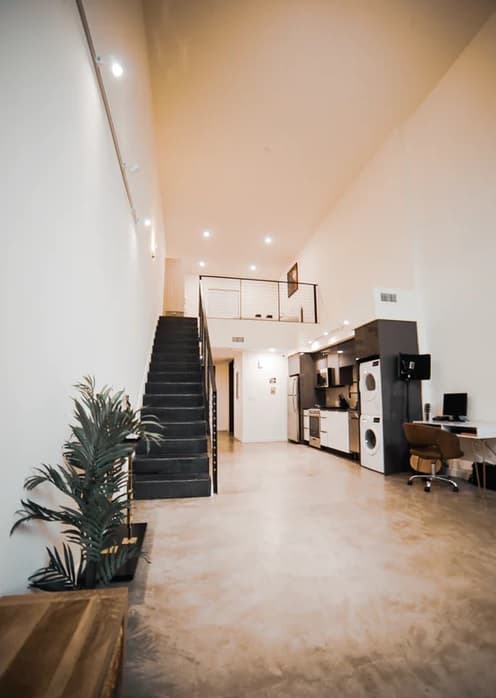
Apply an Epoxy Primer
This is the key step when applying an epoxy coating. The surface area must be prepared ahead of time and done by meticulous and experienced professionals. The overall aesthetic look of an epoxy floor lies in its glossy surface. Therefore, should it present any irregularities, embedded dust, or air bubbles, the result won’t be as satisfying.
One of the most common reasons behind a flawed-looking floor is moisture. In fact, high humidity levels can hinder the chemical reaction that allows the material to physically adhere, thus the epoxy from curing. To address this issue, you can—and it’s advised to do so actually—apply a coat of primer before applying the epoxy.
Allow for Ample Drying Time for Optimal Resistance
One might be led to believe that epoxy dries relatively fast once applied to a surface. However, the chemical reaction isn’t necessarily completed within the resin.
In terms of treading on the recently epoxy-coated surface, allow for an 18- to 24-hour drying period. It’ll take even longer for the innermost surface of the material to dry. Plan for at least a month for the floor to fully cure.
Temperature Must Be Above 15°C During Installation
If you’re thinking about using epoxy, consider the factors that might affect its installation, such as humidity, surface area, UV rays, or temperature. By making sure you’re working under the best conditions possible, you’re ultimately guaranteeing a flawless, clean, solid, and durable result.
Keep in mind that a temperature of 15 degrees Celcius is best when applying such a floor coating, as the whole process is likely to take longer should the temperature be colder. Hence why it’s best to think about every step of the project before going forth with a DIY epoxy floor coating.
How to Install an Epoxy 3D Floor
For the more daring, go for a 3-dimensional floor using clear epoxy resin glue. The latter will cure at ambient temperatures or can be expedited using a heat gun.
Adhere to the following installation steps:
Begin by buffing, levelling, and then thoroughly cleaning the floor.
Apply a coat of primer and allow it to fully dry.
Lay your 3D design by pressing it downward, ensuring no air bubbles or folds appear.
Clean the surface again before covering it with a mixture made up of a hefty amount of resin glue with clean tools.
Leave it as is for 3 days before treading on your newly created artwork!
Epoxy Flooring Maintenance and Repair
How to Clean Epoxy Flooring
To clean epoxy flooring, we recommend sweeping or vacuuming the surface to remove dust and debris. Then, clean the floor using a damp mop and a gentle cleaning agent or soapy water. Avoid using chemical-based abrasive cleaners or scrub brushes as these could damage the flooring. Lastly, it’s really important to rinse the floor with clean water after having cleaned it to remove all soap residue.
How to Repair Scuffed or Lackluster Epoxy Flooring
While it is a durable and quality coating, it surely can’t bypass the repercussions of everyday life: pet claws, sand and pebbles under shoes, heavy or sharp objects falling onto its surface, etc. It will eventually become lacklustre and scratched.
The most obvious solution to delay the unavoidable is regular, preventative maintenance. So, sweep the surface to remove all dirt or debris likely to scratch the coating.
After some time, should an inevitable revamp be in the calling, you can either choose to apply a new coat of clear epoxy or a protective sealant specially designed to restore such a coating.
How to Remove Epoxy Flooring
Removing epoxy floor coating is a hard feat to accomplish by yourself. You’ll likely need to hire experienced professionals who will use industrial-grade grinders.
Get 3 quotes for your flooring project
RenoQuotes.com can help you get quotes for your flooring project. By submitting your project, we’ll put you in contact with top-rated contractors. Fill in the form on the homepage (it only takes a few minutes) and get estimates from trusted professionals.
Dial 1-844 828-1588 to speak with one of our customer service representatives.
Last modified 2024-02-12
Looking for something else?
Related articles
The latest industry news, interviews, technologies, and resources.
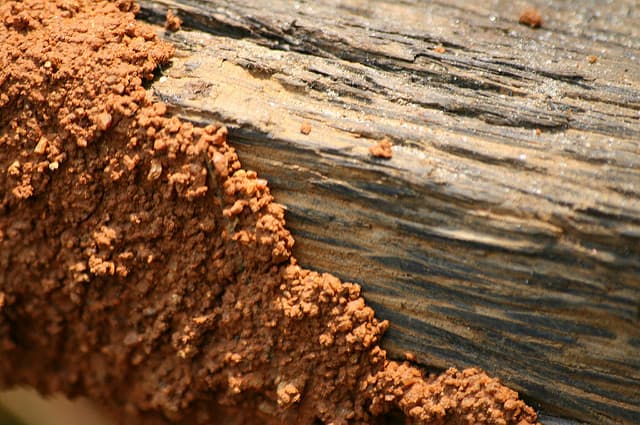
Amanda Harvey • 07 Nov 2023
To any homeowner, termites are a dreaded potential pest. Although they play an important role in the ecosystem by recycling wood, facilitating the decomposition of organic matter, replenishing essential nutrients in the soil and assisting in the growth of new plant life, these little buggers can't tell the difference between a tree and a house.

Amanda Harvey • 26 Feb 2024
Today, it feels impossible to get a moment of silence. Especially if you’re not living alone, or your current abode is one of those trending condos. Whatever the case, homeowners and renters alike would love to infuse a little bit of peace and quiet into their lives. Unfortunately, we can’t control the sound coming from those around us.
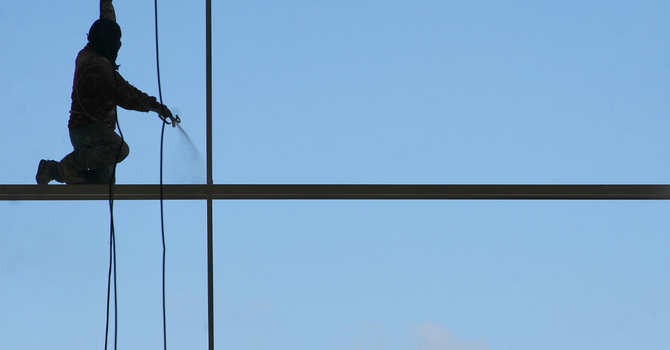
RenoQuotes.com • 07 Nov 2023
Among the many renovation projects out there, painting projects are most accessible to apprentices in the industry. Indeed, painting is part of our daily lives and few are those who can ever say they've never been called to lend a hand to change the appearance of one or more rooms inside a home.
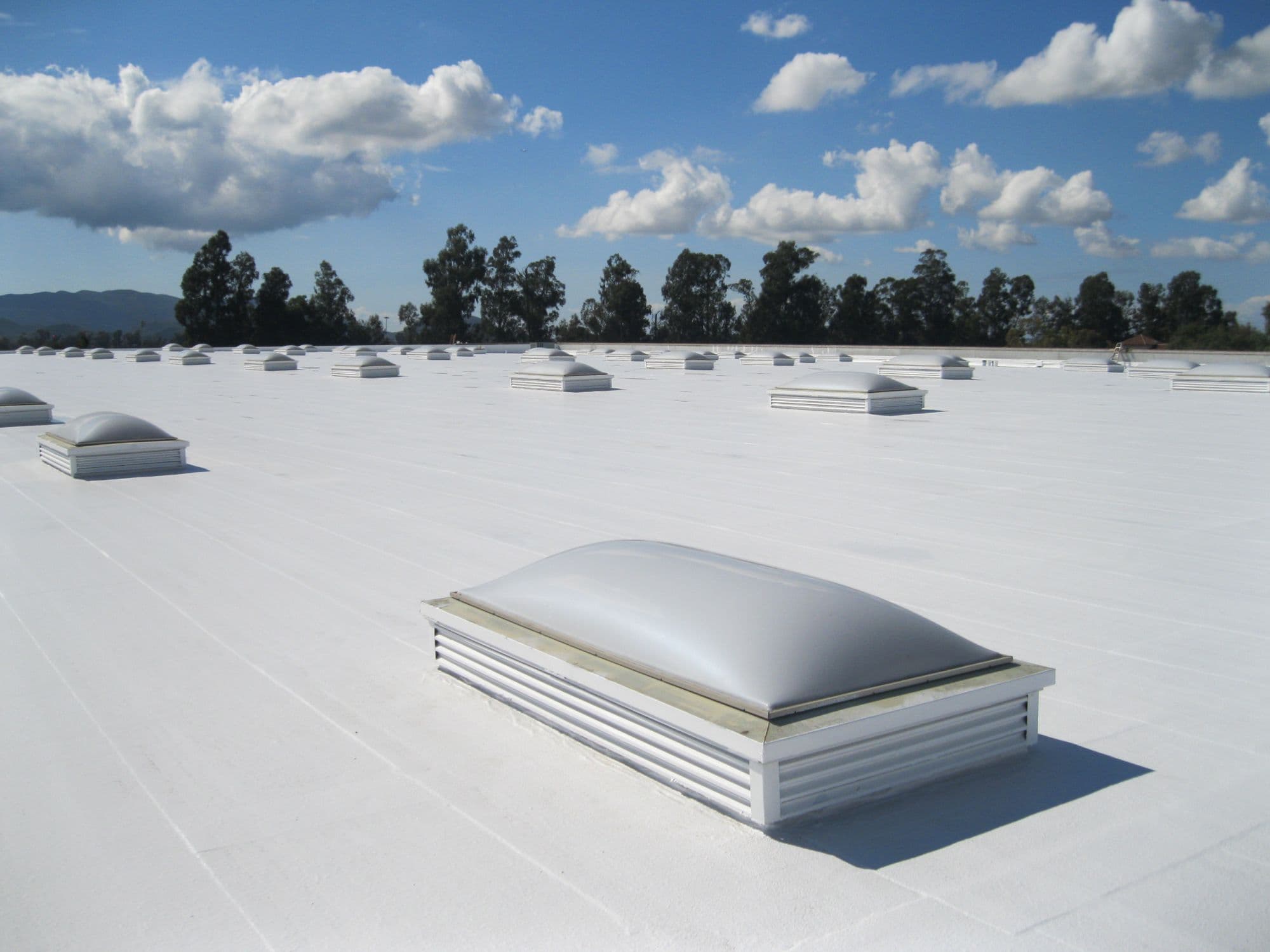
Léa Plourde-Archer • 08 Apr 2024
TPO and EPDM roofing membranes are used to cover flat rooftops. These roof covering materials are very durable and have grown in popularity in the past few years in Canada. If you want to learn more about TPO and EPDM roofing, RenoQuotes.com has prepared a global overview of these materials:
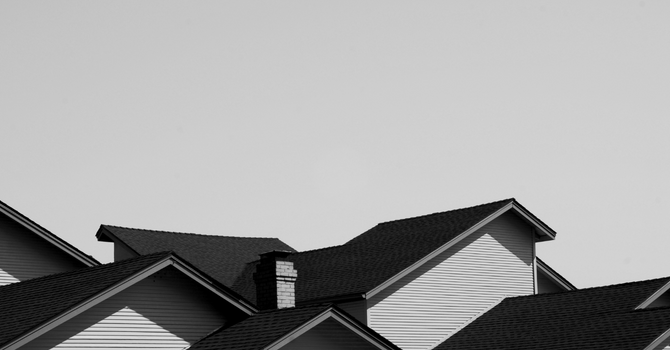
Léa Plourde-Archer • 19 Apr 2024
Have you been looking up at your roof lately and wondering just how many years, months, or days it has left? If so, note that planning a roof repair or getting a new roof altogether might be quite a lump sum spent, but in the long run, you'll save money on energy bills and other costlier repairs (and maybe even insurance!). As a homeowner, you have to think about these projects in the bigger scheme of things, and not solely regarding the cost of roofing materials and labour.